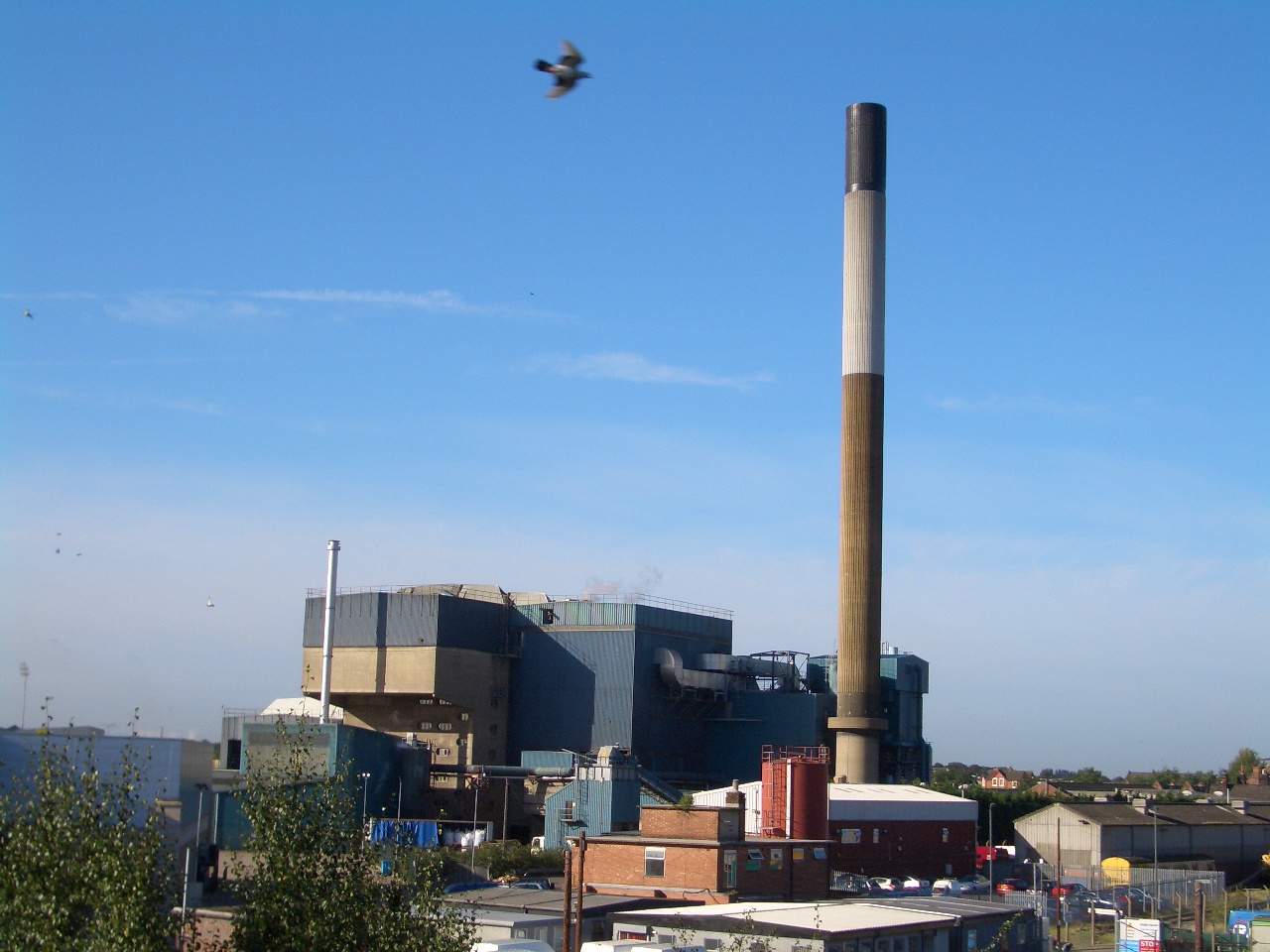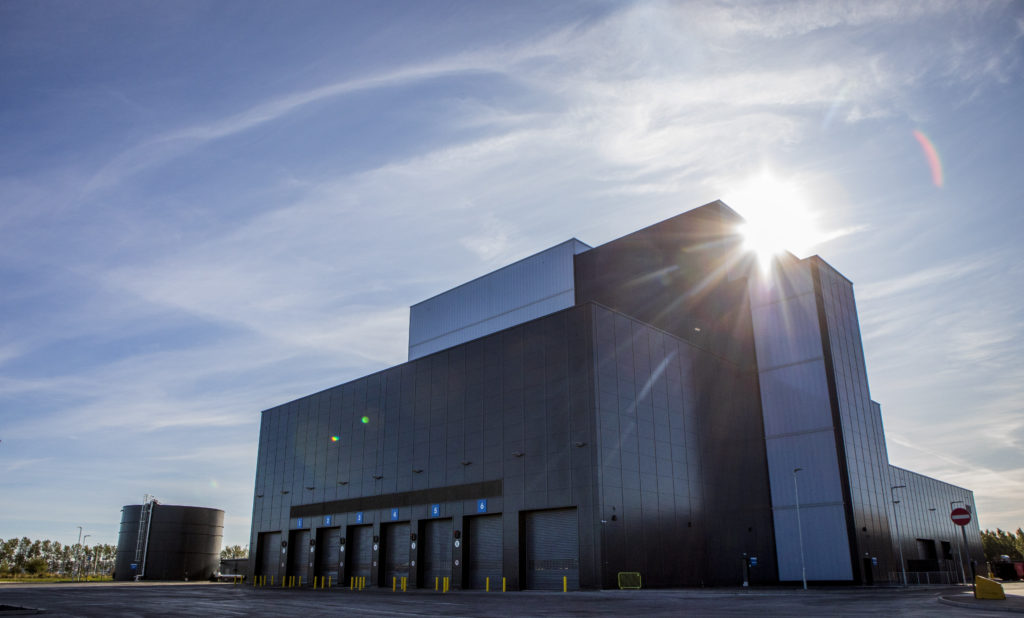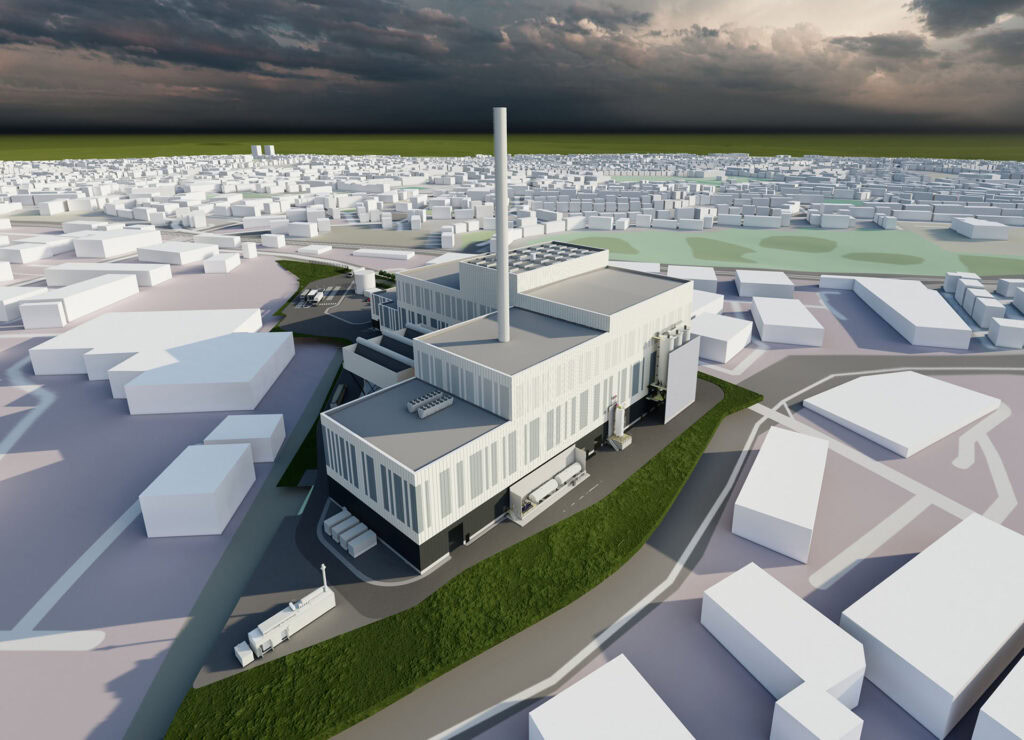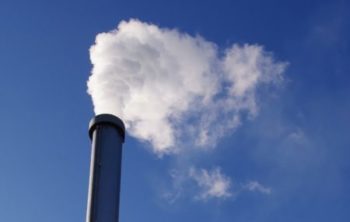Published yesterday (10 March), the ‘EfW Heat Network Directory’ includes details of every ESA member’s EfW plants, alongside detailed heat offtake specifications.
The ESA, which represents most of the UK’s EfW plant operators, published the directory in the hope of fostering greater collaboration between operators, planners, policymakers, heat network developers, and prospective heat off-takers.
The “need” for such a tool, which takes the form of an interactive map that can be accessed for free, was identified in 2021 during a joint workshop between EfW and heat network operators, the ESA says.
The Eastcroft plant in Nottinghamshire and the Millerhill plant in Midlothian are two which already deliver heat to district heating networks.
Combined, they process 235,000 tonnes of residual household and commercial waste each year and supply heat to nearly 10,000 domestic premises.
Earlier this year, a report commissioned by the Mayor of London, Sadiq Khan, suggested that ensuring heat from EfW plants was used in heat networks is “an important option” for decarbonising London’s buildings sector (see letsrecycle.com story).
‘Greater collaboration’
Jacob Hayler, the ESA’s executive director, said: “Heating the nation’s buildings is the single largest source of greenhouse gas emissions in our energy system.

“If we are to reach net zero, it is imperative that the UK makes significant progress to decarbonise heating systems and the energy from waste fleet is a hugely valuable and underused source of low-carbon heat that exists now.”
He added: “To date, delivering on the potential of EfW facilities to fuel heat networks has been challenging, but we hope initiatives such as the directory will foster greater collaboration between the many parties instrumental to the successful delivery of future EfW heat networks.”
EfW
In 2021, there were 55 EfW plants in the UK, the ESA says, with the combined capacity to process 14 million tonnes of residual waste each year.

While these plants contributed 7,762 GWh (3%) to the UK’s total net electricity generation in 2020, according to the ESA, less than a quarter of them currently also export the heat they generate.
The ESA anticipates that heat networks will have to meet the heating and hot water demands of 1.5 million homes and contribute 27.5TWh to non-residential buildings by 2030, up from about 420,000 domestic consumers and just under 18TWh for total UK domestic and non-domestic generation today.
The Committee on Climate Change also suggests that the UK’s supply from heat networks will have to grow from 3% to 18% by 2050 to hit national net zero targets.
The ESA says the Department for Business, Energy and Industrial Strategy (BEIS) supported its EfW heat network directory initiative.
Business and energy minister Lord Callanan said: “The ESA’s heat network directory shows we have readily available heat sources that can move us away from a reliance on gas and we must ensure we are identifying and taking advantage of these opportunities.”
Europe
Another organisation to support the directory was the Association for Decentralised Energy (ADE), which represents more than 130 “interested parties” from across the industrial, commercial, and public sectors.

Kieran Sinclair, heat policy manager at ADE, said: “The UK is lagging behind the rest of Europe in making the most of its EfW plants – on the continent, the heat produced from the rubbish-burning process is nearly always captured and used to provide affordable, low carbon heating for homes and businesses, whereas in the UK, more than three-quarters of EfW projects simply waste the heat they generate.
“This happens largely because of a lack of awareness about the availability and accessibility of the heat from EfW plants, as well as limited understanding of the significant benefits a heat offtake deal can provide to generate saleable heat without emitting any additional carbon.
“The ESA’s new directory of existing EfW plants will help to change this by highlighting where heat networks can be connected, and in doing so, modernise households and commercial properties across the country.”
Related link
EfW Heat Network Directory









Subscribe for free